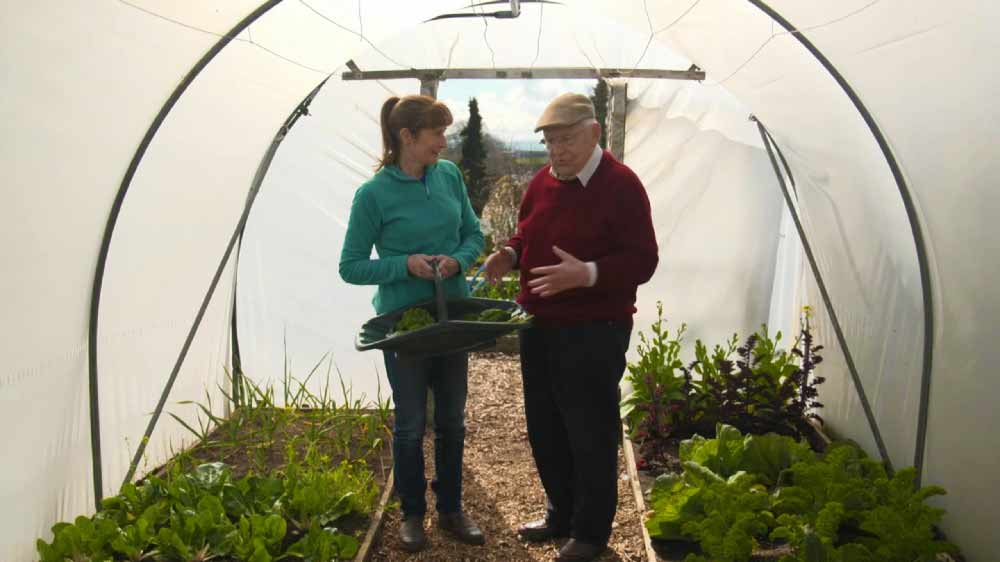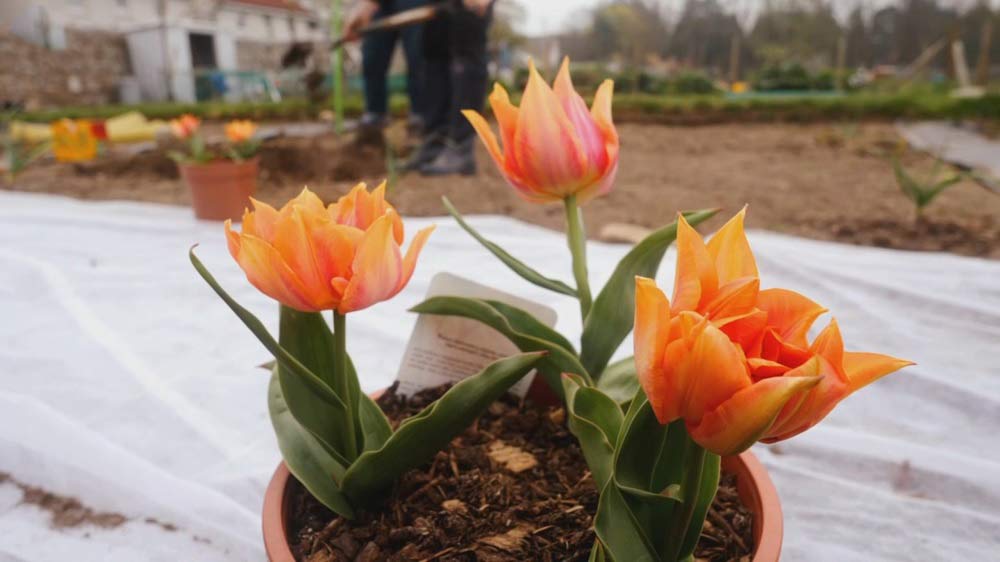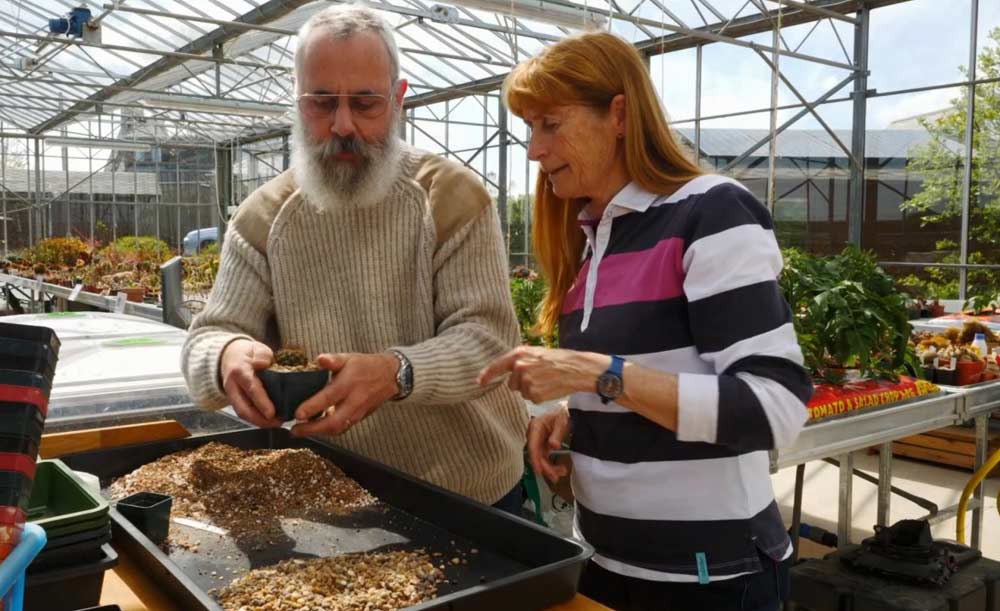In Beechgrove Garden episode 4 2019: Carole is tending to the fig, cherry and grapevine meanwhile, Brian and Rosa are planting brassicas and beans in the new back-saving, no-dig veg plot. Beechgrove is looking forward to exceeding our “five a day” this week.
Brian is also at home in Scone with his children Ben and Eilidh. Brian, Ben and Eilidh are keen to encourage families to garden together and this week they are showing how to make; an edible wigwam, a veg plot out of an old paddling pool and fun flower seed bombs. George visits Mike Thompson’s traditional, Scottish country cottage garden overlooking the Tay Valley in Abernethy.
The Beechgrove Garden episode 4 2019
How to grow figs
A fresh, properly ripe fig is a thing of great beauty. To grow figs successfully outdoors in the UK, it’s important to choose a hardy cultivar and plant it against a sunny wall. In colder areas figs require winter protection; luckily they grow well in containers which is ideal where space is limited. These spend the summer outdoors and are overwintered in a cool, frost-free place. Even a single plant provides a successful crop.
Move figs growing in pots into a sunny location, outdoors, once there is no danger of frost. In spring, apply a general-purpose granular feed and mulch around the base of fan trained plants, with well-rotted organic matter, to retain moisture and suppress weeds. Once the figs appear, apply liquid tomato fertiliser every two to three weeks during the growing season, until they start to ripen. Water well during summer.
Cherry trees for small gardens
Cherries are attractive and versatile trees, giving delightful spring colour when they are in full blossom. Colin Crosbie, former Curator of RHS Garden Wisley, recommends some that are suitable for smaller gardens.
How to grow grapes
Grapes are a welcome addition to any garden or allotment. They can be trained up walls, on trellis or over arches and need very little space if pruned carefully. Vines need reasonably deep, free-draining soil and plenty of sunlight to ripen properly and will happily grow on any good garden soil and sunny site in southern Britain. Indoor cultivation gives better and more reliable crops, especially in northern regions.
Crop rotation
The principle of crop rotation is to grow specific groups of vegetables on a different part of the vegetable plot each year. This helps to reduce a build-up of crop-specific pest and disease problems and it organises groups of crops according to their cultivation needs.
Crop rotation is used in allotment plots and kitchen gardens for most annual vegetable crops. Perennial vegetables (such as rhubarb and asparagus) do not fit into the rotation. Certain annual crops such as cucurbits (courgettes, pumpkins, squashes, marrows and cucumbers), French and runner beans, salads (endive, lettuce and chicory) and sweetcorn can be grown wherever convenient, merely avoiding growing them too often in the same place.
Plan your crop rotation before the growing season starts, and mark out the plots on the ground so you know where to plant each crop.




